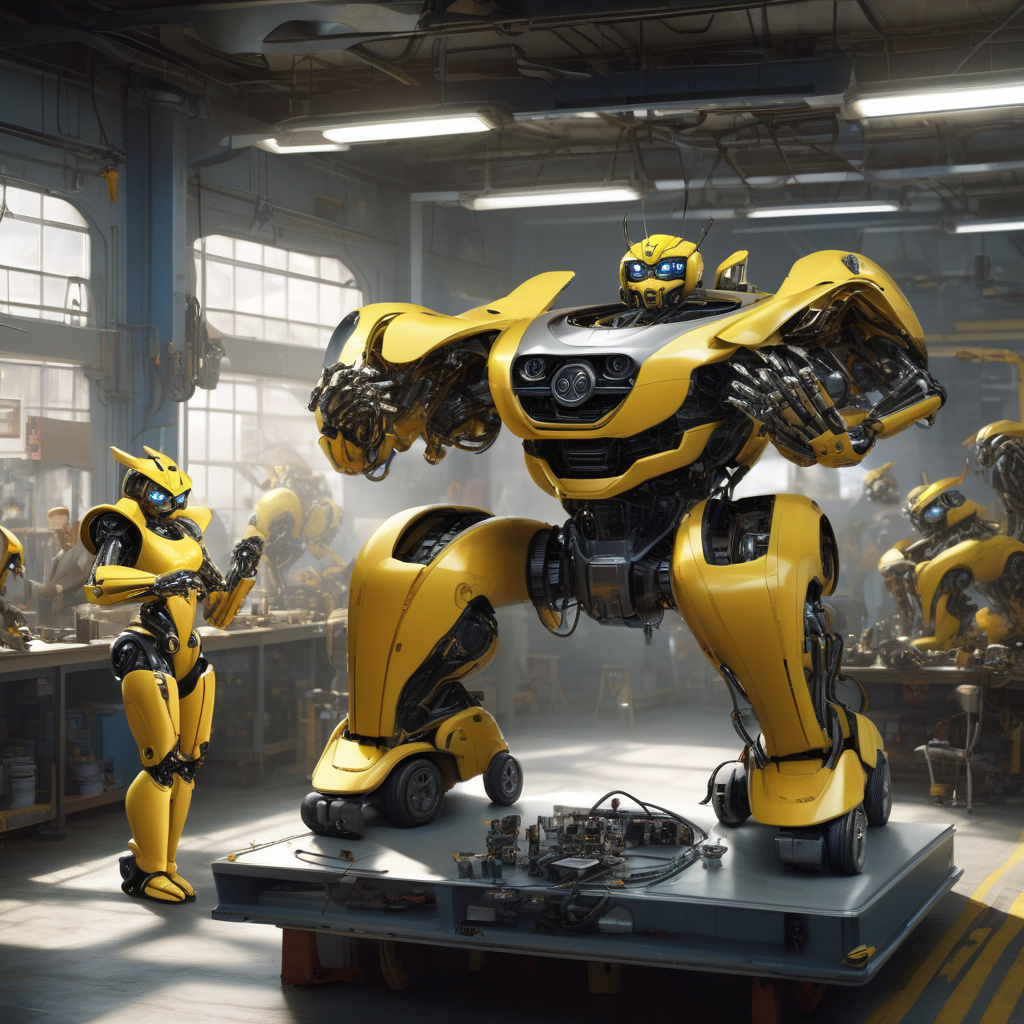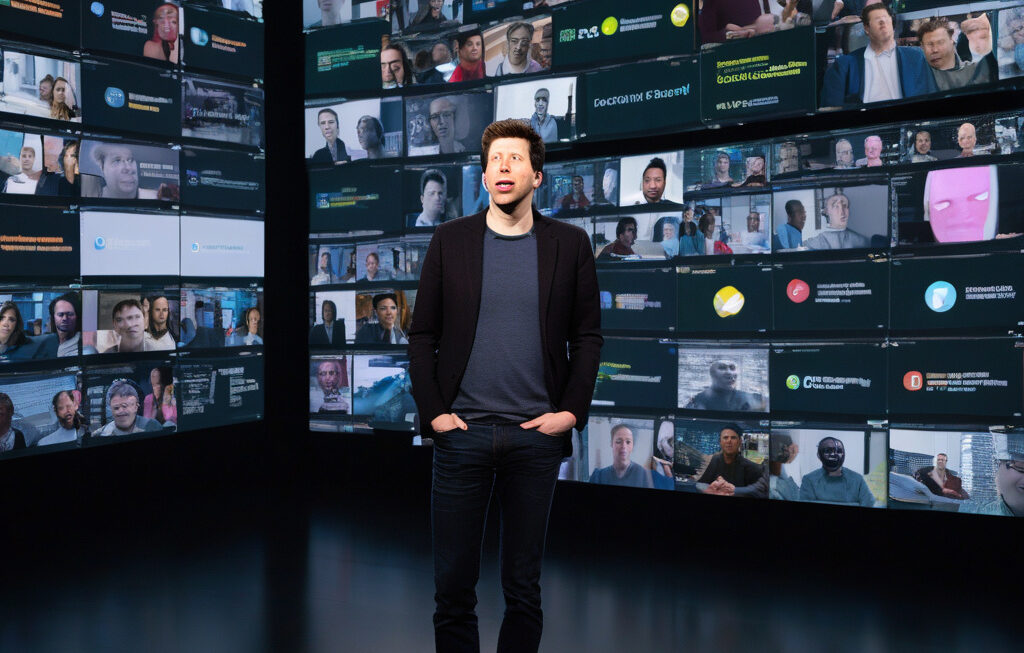Video: China’s humanoid robot ‘Bumblebee’ turns into car mechanic in real-world test
Kepler’s humanoid robot has officially debuted at the SAIC-GM automotive plant in Shanghai. In a video released by the company, the robot, nicknamed ‘Bumblebee’, showcased its remarkable capabilities by seamlessly transitioning into the role of a car mechanic. This groundbreaking demonstration marks a significant milestone in the field of robotics, highlighting the potential for humanoid robots to revolutionize traditional industries.
In the video, ‘Bumblebee’ is seen working alongside human technicians in a real-world automotive setting. The robot effortlessly navigates its environment, utilizing its dexterous hands and advanced sensors to perform intricate tasks such as tightening bolts, inspecting components, and even assisting in the assembly process. Its fluid movements and precision highlight the level of sophistication that Kepler has achieved in humanoid robot technology.
The integration of ‘Bumblebee’ into the automotive plant represents a shift towards automation and AI-driven solutions in manufacturing. By leveraging the capabilities of humanoid robots, companies like SAIC-GM can enhance efficiency, productivity, and safety in their operations. These robots are not meant to replace human workers but to collaborate with them, augmenting their skills and capabilities to drive innovation and progress.
Kepler’s humanoid robot is equipped with state-of-the-art AI algorithms that enable it to learn and adapt to new tasks on the fly. This flexibility is crucial in dynamic environments like automotive plants, where processes can vary and unexpected challenges may arise. By combining machine learning with physical capabilities, ‘Bumblebee’ demonstrates the potential for robots to take on a wide range of roles beyond traditional manufacturing tasks.
The real-world test of ‘Bumblebee’ also serves as a testament to China’s commitment to technological advancement. As a global leader in robotics and AI research, China continues to invest heavily in developing cutting-edge technologies that push the boundaries of innovation. The deployment of humanoid robots in industrial settings underscores the country’s drive to stay at the forefront of the Fourth Industrial Revolution.
Looking ahead, the successful demonstration of ‘Bumblebee’ raises exciting possibilities for the future of robotics in various industries. From manufacturing and healthcare to service and entertainment, humanoid robots have the potential to transform how we live and work. As companies like Kepler continue to push the boundaries of what is possible, we can expect to see more innovative applications of robotics that enhance our daily lives.
In conclusion, the video of China’s humanoid robot ‘Bumblebee’ showcasing its skills as a car mechanic represents a significant leap forward in the field of robotics. By combining advanced AI with physical capabilities, robots like ‘Bumblebee’ have the potential to revolutionize traditional industries and drive innovation on a global scale. As we embrace the era of humanoid robots, the possibilities for collaboration between humans and machines are truly endless.
#Robotics #ArtificialIntelligence #Innovation #Automation #FutureTech












